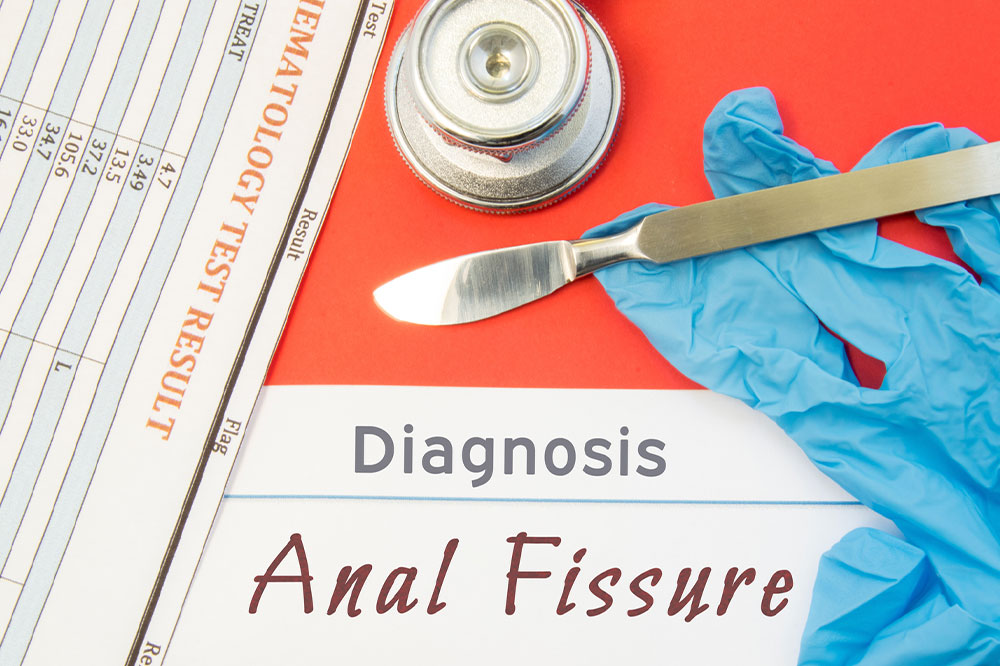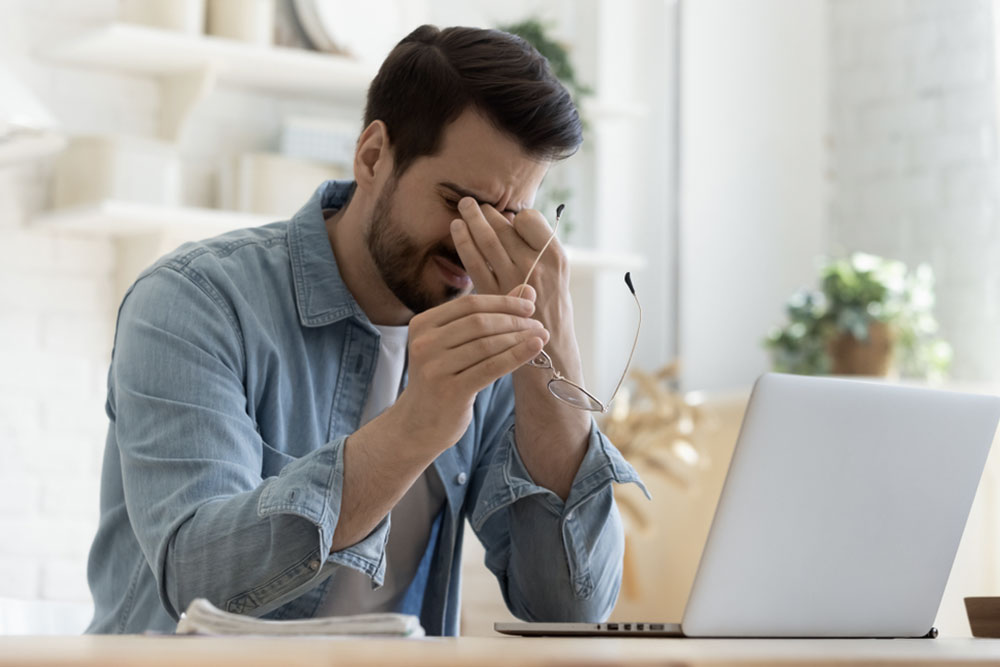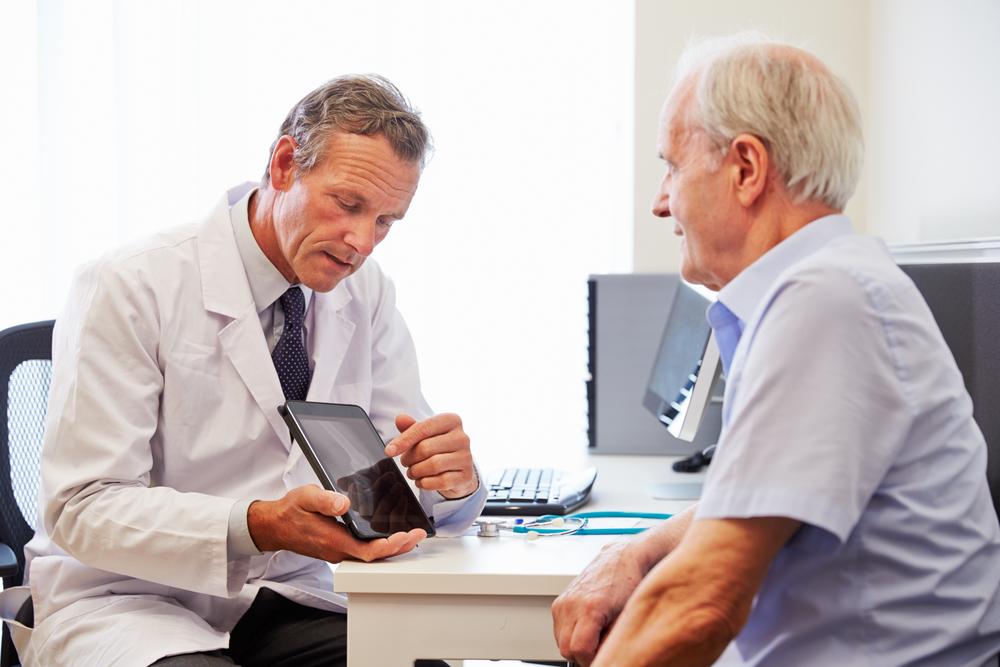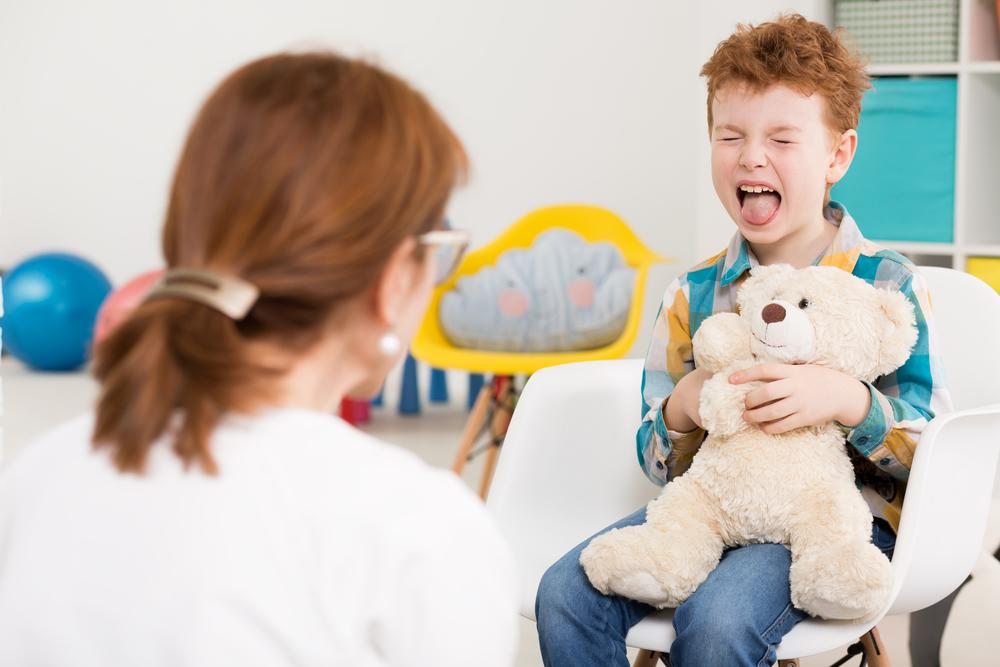Understanding Anal Fissures: Causes, Symptoms, and Treatment Options
This article explores the causes, symptoms, and effective management strategies for anal fissures. It emphasizes the importance of dietary adjustments, hydration, regular exercise, and medical consultation for persistent cases. Understanding these aspects can help individuals seek appropriate treatment and promote healing naturally, improving quality of life with minimal discomfort.

Understanding Anal Fissures: Causes, Symptoms, and Treatment Options
Anal fissures are small tears in the lining of the anus that can cause significant discomfort. Common causes include chronic constipation, diarrhea, inflammatory bowel diseases like Crohn’s, and trauma from anal intercourse. Symptoms often include sharp pain during bowel movements, bleeding, itching, and muscle spasms around the anal area. Skin tags may develop nearby due to prolonged irritation. Managing these fissures involves increasing fiber intake tailored to the cause, staying well-hydrated, exercising regularly, and practicing pelvic floor exercises like Kegel workouts. If symptoms persist, consult a healthcare professional for proper diagnosis and treatment.
Key symptoms of anal fissures
Sharp pain during defecation, rectal bleeding, and persistent itching are typical signs. Some patients may experience burning sensations, abdominal discomfort, or difficulty urinating if associated infections occur. In cases of infection, pus or fistula formation might develop, requiring medical attention.
Causes and Risk Factors
It is commonly caused by straining during bowel movements due to constipation or diarrhea, medications, or trauma from anal activities. Chronic inflammatory conditions, pregnancy, and certain STDs can increase susceptibility. Overly hard stools or frequent diarrhea can also damage the delicate anal tissue, leading to fissures.
Management Strategies
Dietary modifications like consuming soluble or insoluble fiber based on the cause, maintaining hydration, and engaging in physical activities can promote healing. Pelvic exercises such as Kegel workouts help relax anal muscles, reducing pain and facilitating healing. If symptoms remain, medical evaluation is recommended for appropriate therapies, including medications or surgical options.
Disclaimer:
The information provided is for educational purposes only. It should not replace professional medical advice. Always consult a healthcare provider for diagnosis and treatment options tailored to your condition.










